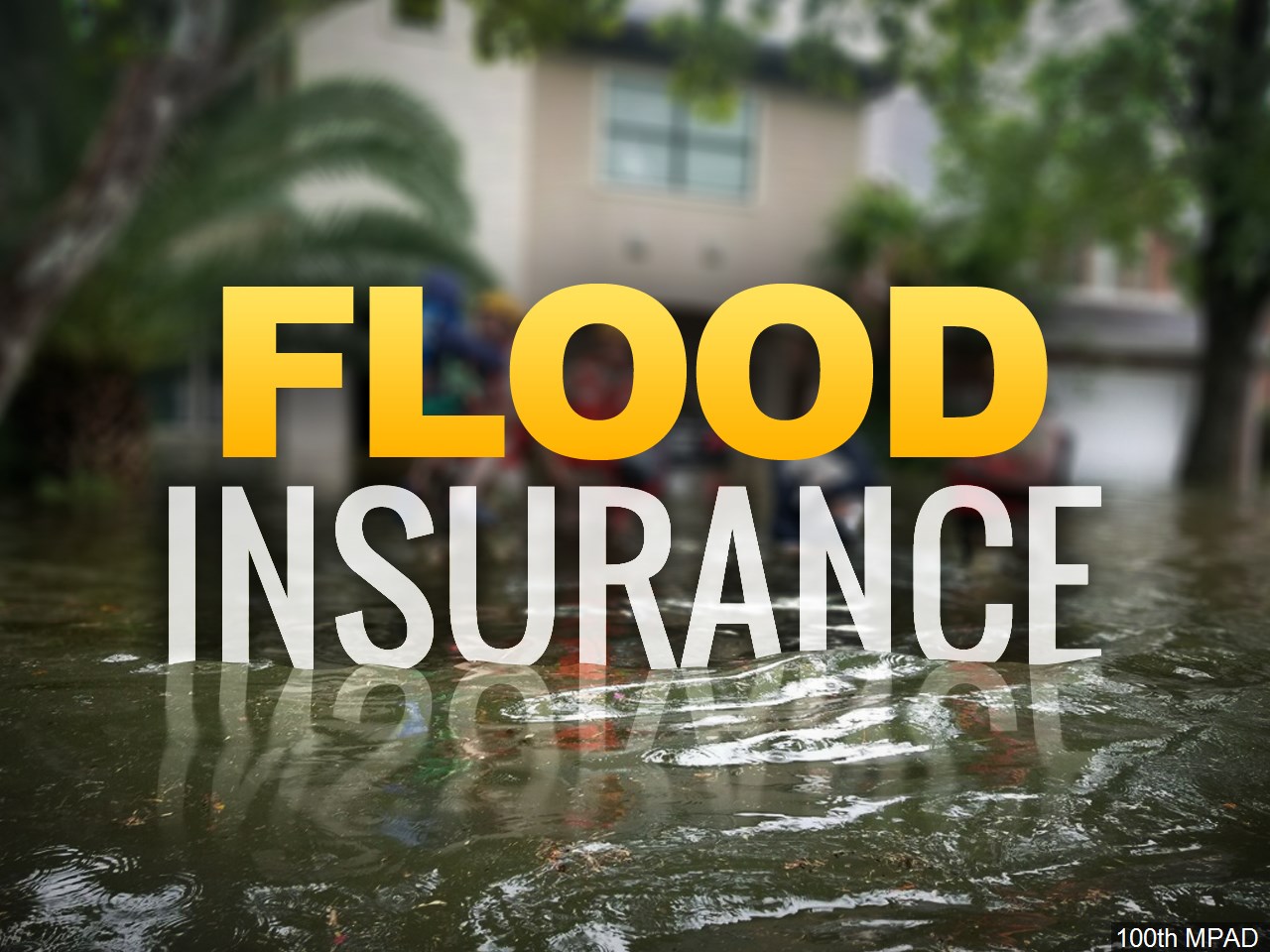After years of drought, many of us are pleased to hear that it may be a wet winter; however, some of us get a little nervous when we hear meteorologists predicting a La Niña year after wildfires, because that can mean flooding and potentially, mudslides.
If you buy a home in a federally designated flood zone with a federally insured lender (and most lenders fall into this category), you are required to purchase flood insurance. Sometimes, property that falls within a designated zone on a map isn’t all that likely to flood, yet the insurance is still required-unless you get a flood certification that pulls your property out of the flood zone.
Flood insurance is expensive ($1,000 to $5,000 a year). If you live on top of the solitary hill in a flood zone, and you don’t want to pay for flood insurance because you really don’t need it, it’ll cost between $500 – $2,000 for a survey to prove it. Surveys are available locally from Ron Franz and George Rau, both civil engineers, who are excellent.
If you drive around Ukiah in the winter, you won’t see much flooding and with today’s mortgage rates, $3,000 per year equates to about $57,000 more in mortgage. So, if the home you’re interested in buying requires flood insurance, you may be better off to pay a little more for a home outside the flood zone than to pay for the “less expensive” home in a flood zone. Of course, if the house in the flood zone is an exceptional value, go for it.
I know an investor who recently got a deal on a foreclosed commercial property when he bought it at auction. He paid $150,000 in cash and then invested another $150,000 to refurbish the place, bringing his full investment to $300,000. At this point, he believed its market value was significantly higher than $300,000, so he was quite pleased with his acquisition. However, when he went to the bank to refinance the property, he discovered that the property was in a flood zone, and the bank required flood insurance. The investor called a local civil engineer to confirm the bank’s assertion that flood insurance was required. The engineer overlaid a FEMA map on top of a Google satellite image of the property to discover that, while some of the property was in a flood plain, the structure was clearly outside the flood zone. The investor’s call to the civil engineer saved him almost $3,000 a year in flood insurance costs.
I’ve mentioned this before, but I have to say that I believe flood insurance rates are outrageous. At $3,000 a year, flood insurance is significantly higher than insurance for similar potential disasters. I really think the Federal Emergency Management Agency (FEMA) is still making up for Katrina and other devastating hurricanes. Since requiring the folks affected by those disasters to pay appropriate insurance rates isn’t politically palatable, FEMA requires everyone in a flood zone nationwide to pay high prices for flood insurance.
The folks who live in Ukiah’s Oak Manor subdivision know about flooding if they’ve been there for a decade or so. I believe it was an El Niño year when many Oak Manor residents learned about the details of their flood insurance policies. As with any contractual agreement, the large print giveth and the small print taketh away. Read your policy. Some policies include coverage for the basics (structural damage); others include the coverage for a property’s contents.
Taken from https://insurancenewsnet.com/oarticle/hows-the-marketflood-insurance-during-a-la-nina




